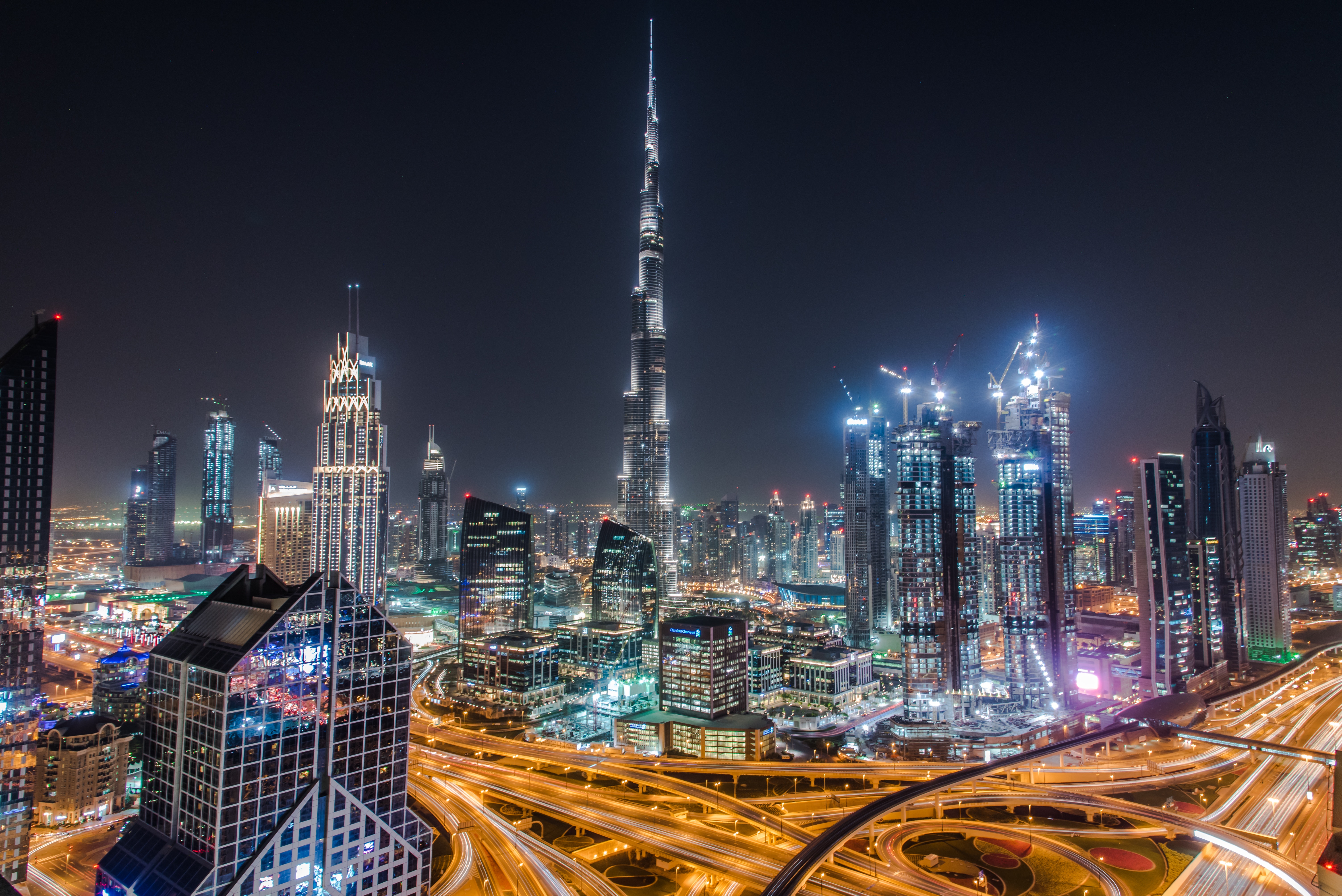Microsoft’s ambitious leap into the world of generative AI with its Copilot tool has garnered widespread attention. Positioned as an AI-powered assistant integrated into nearly all Microsoft 365 services, Copilot promises to revolutionize the way businesses operate. The company is marketing Copilot as a game-changer, boosting productivity and potentially transforming enterprise workflows. Its integration into Microsoft’s suite of products suggests a long-term commitment to AI-powered solutions. However, as Copilot’s adoption accelerates, security concerns are casting a shadow over its potential. Industry analysts and cybersecurity experts are sounding the alarm about the security vulnerabilities this generative AI assistant may introduce, especially when utilized alongside Microsoft 365.
For Microsoft, Copilot has already proven to be a substantial revenue driver. Reports of a 60% surge in sales within a single quarter show that enterprises are interested in leveraging its capabilities. The tool’s rapid expansion into organizations of all sizes highlights the growing demand for AI-driven solutions in enhancing productivity. According to Microsoft’s CEO, the growth of Copilot for Microsoft 365 has outpaced all other software launches for the office suite, an indication that businesses are embracing the potential efficiency gains. This uptake is not surprising, given the promise of Copilot to automate tasks, simplify workflows, and assist employees with complex processes.
Despite these impressive sales figures, the challenges ahead may undermine Copilot’s continued growth. Experts have flagged several security vulnerabilities that could derail its adoption, particularly for enterprise users handling sensitive data. The integration of AI into essential productivity tools opens up a host of security questions, and researchers are urging caution as organizations explore the use of Copilot in their operations. While the technology has significant upside, its security risks must be addressed to ensure long-term success.
One of the primary concerns surrounding Copilot is the nature of its access to corporate data. Given that Copilot functions as an AI assistant, it requires extensive access to company files, emails, documents, and other sensitive information stored within Microsoft 365. The scope of this access is where the security risks begin. By design, the AI needs to draw upon vast amounts of data to provide relevant and contextually appropriate assistance to users. However, this same feature could potentially open up new vulnerabilities.
The potential for misuse of this access is a major worry. Hackers, insiders, or even external parties could exploit security gaps, gaining unauthorized access to confidential information. The AI’s deep integration with core systems provides an appealing target for bad actors. This is compounded by the fact that AI systems like Copilot can be difficult to monitor. Their operation often involves learning and making decisions based on the data they interact with, making it challenging for organizations to fully control or predict their actions.
While Microsoft has stressed that Copilot’s design includes stringent security measures, including encryption and advanced threat detection, some experts remain skeptical. Security protocols that might be effective for conventional software may not fully protect systems that rely on generative AI. The sheer volume of data that Copilot processes raises additional concerns about how well security measures can keep pace. Analysts from cybersecurity firms are warning that traditional security strategies may need to evolve to address these unique risks.
There’s also concern about the risks posed by inadvertent misuse within companies. Employees using Copilot could unintentionally expose sensitive data or trigger breaches without realizing it. The AI’s ability to pull from a wide array of corporate resources means it could retrieve or expose information that should remain confidential, even if done unintentionally. Ensuring that Copilot’s access is limited appropriately and that users understand the security implications of their interactions with the AI is essential. Organizations must invest in rigorous training and develop protocols to prevent accidental data leaks or breaches.
Another layer of concern relates to how Copilot integrates with existing Microsoft 365 features. Many organizations have already invested heavily in Microsoft’s cloud services, and Copilot’s introduction adds another complex layer to their systems. This interconnectedness, while beneficial for workflow automation, creates a situation where vulnerabilities in one part of the system could compromise the entire infrastructure. If Copilot becomes an entry point for cyberattacks, the potential damage could extend across the entirety of an organization’s Microsoft ecosystem.
Gartner has added to the chorus of concerns, with warnings about the potential security challenges that enterprises could face when using Copilot in conjunction with Microsoft 365. Their assessment has caught the attention of IT professionals, some of whom are hesitant to fully embrace the technology. Despite Microsoft’s assurances that Copilot is secure, there’s a growing belief that the risk environment for AI-powered productivity tools is still evolving. Enterprises that operate in sectors requiring strict data protection standards, such as finance or healthcare, may find it particularly difficult to justify adopting Copilot without robust security guarantees.
Additionally, the complexity of generative AI introduces concerns about transparency. AI systems, by their nature, can be opaque. Their decision-making processes are often not fully understood, even by the engineers who design them. This creates a dilemma for organizations that need to ensure compliance with regulations and internal security policies. If Copilot makes a decision or provides an output that leads to a security issue, it may be difficult to trace the root cause or assign responsibility. This lack of transparency could make some organizations wary of trusting their most sensitive information to a generative AI system.
There are also issues of compliance and regulatory challenges. For companies that operate in highly regulated industries, the introduction of AI assistants like Copilot may require new compliance strategies. Questions surrounding data privacy, user consent, and cross-border data transfers could complicate the use of AI tools, particularly in regions with stringent privacy laws such as the European Union’s General Data Protection Regulation (GDPR). Companies will need to ensure that Copilot’s operation aligns with these legal frameworks to avoid regulatory pitfalls.
Microsoft, for its part, appears to be aware of these concerns and is likely working to address them. The company has a track record of adapting its security practices in response to emerging threats, and it’s reasonable to assume that they will continue to improve Copilot’s security as new risks emerge. However, until these improvements are fully realized, the apprehension surrounding Copilot’s security is unlikely to dissipate entirely.
Despite these warnings, it’s also possible that fears of Copilot’s security vulnerabilities are overstated. Microsoft has long been a dominant player in enterprise software, and its reputation for securing its platforms is strong. The company is no stranger to navigating security concerns, and its investment in AI safety and security research could lead to breakthroughs that mitigate the risks associated with Copilot. Furthermore, early adopters of Copilot may find that the productivity gains outweigh the security risks, particularly if their operations don’t involve handling highly sensitive data.
Yet, the caution expressed by cybersecurity experts and analysts cannot be ignored. The introduction of AI-powered tools like Copilot represents a significant shift in how businesses manage their data and productivity. The allure of AI-enhanced workflows is undeniable, but the accompanying security risks could be enough to slow Copilot’s momentum, especially among large enterprises that prioritize data security above all else.












![105878447 1556498997005gettyimages 1139477714[1]](https://thearabianpost.com/wp-content/uploads/2024/09/105878447-1556498997005gettyimages-11394777141-scaled-e1726336635517-151x118.jpeg)












